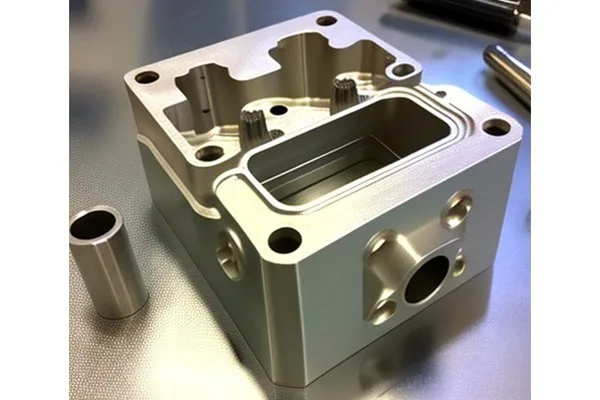In the fast-evolving world of manufacturing, the ever-increasing demand for precision and efficiency fosters innovation. At the forefront of this transformation is Computer Numerical Control (CNC) processing. One of the primary materials that CNC machinists encounter is aluminum, specifically the alloys 6061 and
At YL Machining, we have a firm grasp on the nuances of CNC machining, and through this article, we aim to explore the complexities of processing 6061 and 7075 aluminum. This guide will cover everything from cost and difficulty comparisons to mechanical properties, applications, and best practices in CNC processing. Prepare to dive deep into the world of CNC machining and discover how these two aluminum alloys stand up against each other.
Before delving into the specifics of CNC processing, it’s essential to grasp the fundamental differences between 6061 and 7075 aluminum. Both alloys are popular in manufacturing, but they possess unique characteristics that cater to specific applications.
1.1 Composition and Properties
1.2 Mechanical Properties Comparison
| Property | 6061 Aluminum | 7075 Aluminum |
|————————–|———————-|———————-|
| Ultimate Tensile Strength | 290 MPa | 570 MPa |
| Yield Strength | 240 MPa | 505 MPa |
| Elongation | 12% | 11% |
| Hardness (Brinell) | 95 HB | 150 HB |
| Fatigue Strength | 100 MPa | 200 MPa |
From the table, it’s clear that 7075 aluminum offers superior strength but may not provide the same corrosion resistance as 6061, which is vital in many environments.
Understanding the practical aspects of CNC processing helps potential users make informed choices. This section covers the CNC processing difficulty and cost associated with each alloy.
2.1 CNC Processing Cost
CNC processing costs depend on various factors, including:
2.2 CNC Processing Difficulty
Understanding how each alloy fits into various industries is crucial for determining which is suitable for a specific project.
3.1 Applications of 6061 Aluminum
3.2 Applications of 7075 Aluminum
Having established the differences between the two alloys and their costs, we can now delve into the best practices for CNC processing.
4.1 Tool Selection
Proper tooling is pivotal to achieve quality results.
4.2 Feeds and Speeds
Correctly setting speeds and feeds can mitigate issues like tool wear.
4.3 Cooling Techniques
Employing steady coolant flow is crucial in both cases but of utmost importance when processing
4.4 Quality Control
Monitoring tolerances and dimensions throughout the machining process ensures that the final product meets or exceeds industry standards.
In the world of CNC machining, the use of aluminum alloys 6061 and 7075 serves distinct purposes driven by their inherent properties. While 6061 excels in corrosion resistance and cost-effectiveness for a wide range of applications, 7075 stands as a titan in strength, perfect for high-performance sectors like aerospace and military.
At YL Machining, we pride ourselves on our expertise and commitment to quality in CNC processing. By understanding the fine details of different materials, companies can optimize their manufacturing processes and ultimately deliver superior products tailored to their industry needs.
This guide has provided an in-depth look at the complexities of working with these two influential alloys. We hope this knowledge sparks inspiration and guides you on your CNC processing journey, leading to innovative solutions and successful outcomes. Whether you are an engineer, a manufacturer, or a DIY enthusiast, the right understanding and application of 6061 and 7075 aluminum in CNC machining will ensure your success.
—
This article aims to empower readers to think critically about their material choices and processing methods while enlightening them about the profound implications of their decisions in the world of CNC machining.





